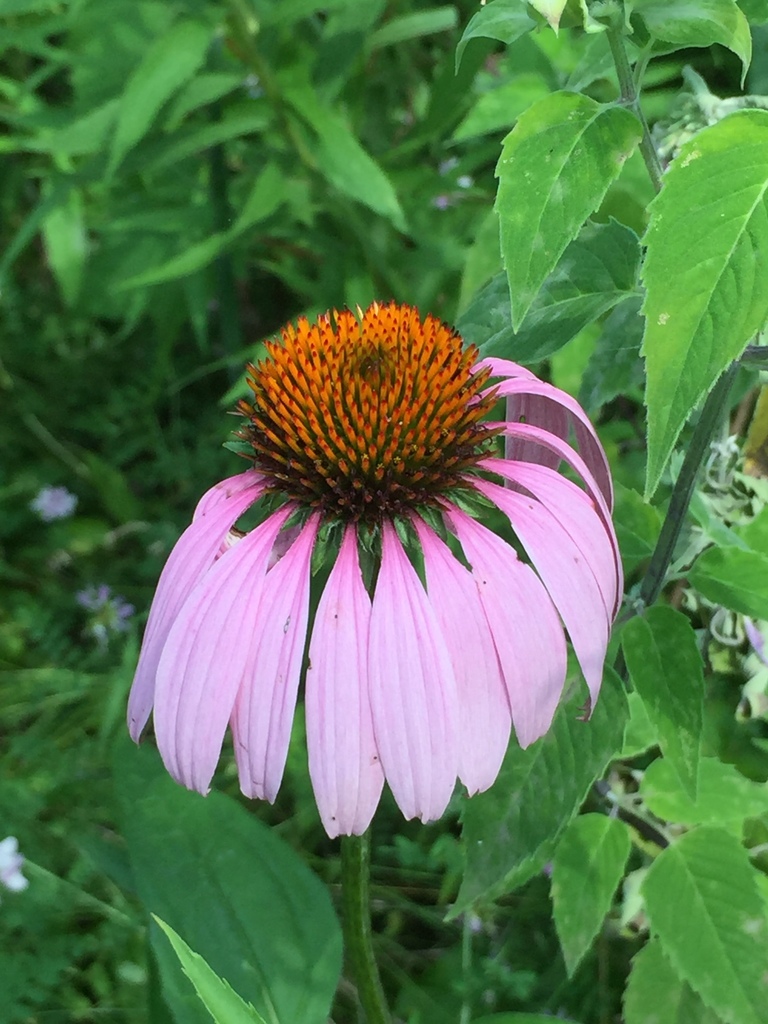Our spring newsmagazine featured Cliff’s top ten hidden gems of birding. Here is the eighth of a blog series on these birds, by guest blogger Ed Pope.
The northern parula is a small warbler, roughly half the weight of a goldfinch. Its body looks slightly chubby, and its bill is thin and tail is short. White crescents line the eyes, and the plumage is bright yellow on the throat and chest. Males have a brown patch between the throat and chest. Most of the remainder of their feathers are a bluish-gray.
Northern parulas breed in most of the eastern United States and Canada, but they are absent from a band that extends from the west end of Lake Erie to the Great Plains. This includes a good portion of northern Indiana. When winter comes, they migrate to eastern Mexico, northern Guatemala and Caribbean islands.
In the southern portion of its range, the northern parula prefers deciduous forest, but it also breeds in evergreen forests farther north. In either case they select mature forests with tall trees. They spend most of their time up in the canopy.
For breeding, northern parulas like mature forests with moss hanging from trees. In southern states, they normally use Spanish moss to build their nests. Where Spanish moss is not present, they primarily use beard moss. From moss hanging in trees, the female creates a nest by making a hole in the side and hollowing out the interior. She then lines the interior with pine needles or grass. The female lays 2 to 7 eggs in this nest, where she might raise two broods in one breeding season.
Their summer diet includes primarily caterpillars and spiders. They also eat a wide variety of insects. During the winter, their diet includes more beetles, and they will also feed on berries and seeds. They also seem to be less choosy about their habitat in winter, when they can be found in pastures and agricultural fields.
Northern parulas have been seen at a number of CILTI preserves, including The Laura Hare Preserve at Blossom Hollow, Burnett Woods, and Jacob Schramm Nature Preserve.
Here’s a video showing northern parula warblers singing in their rising buzzy trill.

Ed Pope
Guest Blogger